Internet of Things (IoT) platforms have revolutionized how businesses operate, enabling them to connect and manage devices, collect and analyze data, and gain real-time insights into their operations. For companies seeking to implement IoT solutions, Amazon Web Services (AWS) and Microsoft Azure are two of the leading cloud platforms to consider. Both offer robust IoT capabilities, including device management, data ingestion and analysis, and integration with other services.
AWS IoT is designed for businesses of all sizes and offers a broad range of tools and services to build, deploy, and manage IoT applications. Meanwhile, Azure IoT provides a scalable and secure platform for IoT deployments, focusing on edge computing and analytics. In this blog, we’ll compare AWS IoT and Azure IoT, exploring their key features and benefits to help you choose the right platform for your IoT project. So let’s get started!
Did You Know?
- The IoT market is estimated to be worth $800 billion by 2024. It is anticipated to have grown to almost $1.1 trillion at a CAGR of 13%.
- In 2023, over 498 businesses started using AWS IoT Core as an IoT platform tool globally.
- In the IoT Platform category, the top three rivals of AWS IoT Core are Microsoft Azure IoT (with 16.28% market share), Google Cloud IoT (11.70%), and Cisco IoT (11.36%).
What is an IoT Platform?
An IoT platform is a comprehensive software solution that provides a framework for connecting and managing devices, sensors, and other IoT endpoints. It enables the collection and exchange of data between connected devices and cloud-based applications, as well as the processing and analysis of that data. It supports managing the entire lifecycle of IoT applications and includes various components that work together to enable device deployment, data acquisition, app development, and analytics. In addition to supporting device connectivity and data management, an IoT platform may also provide features for managing workflows, automating tasks, and integrating with third-party services.
How Does an IoT Platform Work?
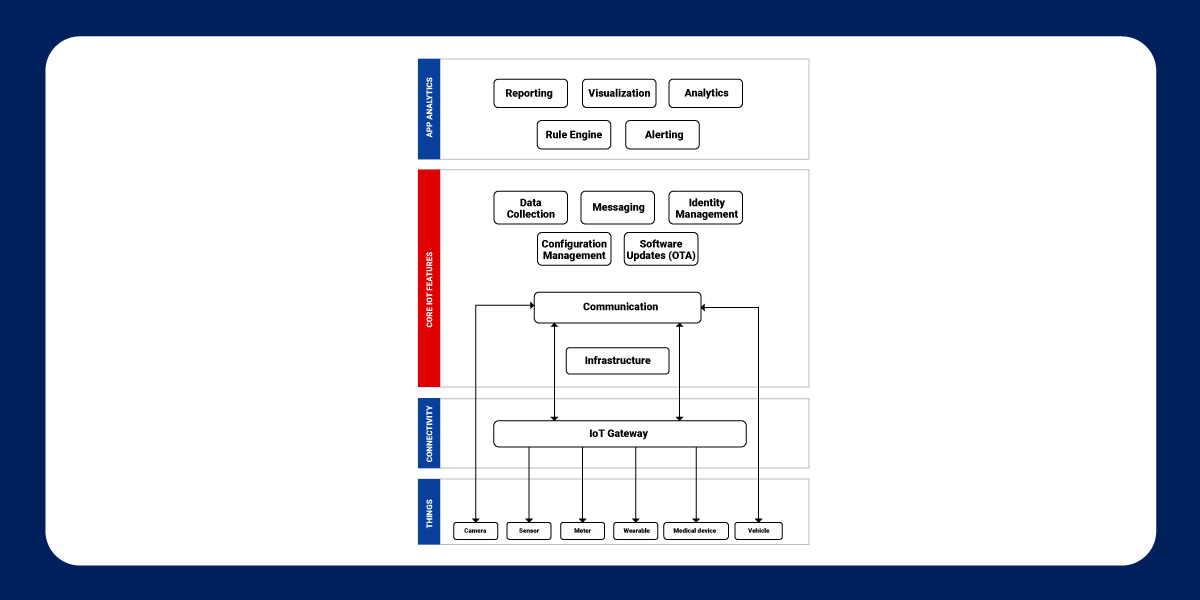
Here is a general overview of how an IoT platform works:
- Device Connectivity: For IoT devices such as sensors, gateways, and other endpoints.
- Data Collection and Storage: The platform collects data from devices and stores it in a database – it can be in various formats, such as text, images, or video.
- Data Processing and Analytics: The platform processes the collected data, applies analytics algorithms to gain insights, and generates reports or visualizations.
- App Development: Based on the insights gained from data analysis, the platform allows developers to build applications that can use this data to provide value to end-users.
- Integration with Other Systems: The platform can integrate with enterprise systems such as CRM or ERP to enable more efficient business processes and automation.
- Analytics: This component provides insights into the data generated by IoT devices. It includes real-time analytics, predictive analytics, and machine learning.
Why Do You Need an IoT Platform?
Utilizing a cloud platform that is optimized for IoT, companies can perform several vital functions, including:
- Establishing seamless connections between IoT hardware, software, and cloud-based services
- Collecting real-time data and analyzing it to gain valuable insights into operations, identify patterns, and make informed decisions.
- Breaking down the insights extracted from the data collected by IoT devices and using these insights to trigger desired actions
- Setting up storage, analytics, event stream processing, and big data solutions specifically designed for IoT apps.
- Enabling automation of various processes for increased efficiency, reduced costs, and improved productivity.
Top Cloud-based IoT Platforms
Cloud IoT platforms offer a range of features and services, including real-time data ingestion, device management, and machine learning capabilities. Businesses can choose the platform that best meets their needs based on cost, scalability, and ease of use. We’re listing the top five of them based on market share, popularity, and functionality:
- Amazon AWS IoT
- Microsoft Azure IoT
- Google Cloud IoT
- IBM Watson IoT
- Salesforce IoT Cloud
Azure IoT vs. AWS IoT Comparison
AWS IoT and Azure IoT are currently two of the most popular options available. Both platforms provide robust features and tools to enable organizations to build, deploy, and manage IoT solutions at scale.
AWS IoT vs Azure IoT Services:
AWS IoT
AWS IoT is a cloud-based platform offering a range of IoT application services. It includes tools and services that help organizations connect, monitor, and manage IoT devices. AWS IoT provides the following services:
- AWS IoT Core is a scalable and secure cloud-based platform that allows organizations to connect, manage, and secure their IoT devices. It offers features such as device management, message routing, and security.
- AWS IoT Greengrass is a software platform that extends AWS IoT functionality to edge devices. It allows organizations to run AWS Lambda functions and manage IoT devices at the edge.
- AWS IoT Analytics is a fully managed service that allows organizations to collect, process, and analyze IoT data. It offers features such as data transformation, filtering, and storage.
- AWS IoT Device Defender is a security service that allows organizations to monitor and defend their IoT devices against security threats. It offers anomaly detection, audit trails, and policy enforcement features.
Azure IoT
Azure IoT is a cloud-based platform that offers a suite of services for IoT applications. It includes various tools and services that help organizations develop, deploy, and manage IoT solutions. Azure IoT provides the following services:
- Azure IoT Central is a fully managed IoT application platform that simplifies the creation of IoT solutions. It offers pre-built templates and workflows for common scenarios, such as remote monitoring, predictive maintenance, and asset tracking.
- Azure IoT Hub is a scalable and secure cloud-based platform that allows organizations to connect, monitor, and manage their IoT devices. It offers features such as device management, message routing, and security.
- Azure Stream Analytics is a real-time data analytics service that analyzes streaming data from IoT devices. It can detect anomalies, trigger alerts, and gain insights into IoT data.
- Azure Time Series Insights is a fully managed service that allows organizations to store, query, and visualize time-series data from IoT devices. It offers features such as data compression, data retention, and real-time visualization.
However, some differences between the two platforms can impact their suitability for different use cases. In this AWS vs. Azure IoT comparison, we will look closer at Azure IoT and AWS IoT to understand their strengths, weaknesses, and how they stack up against each other.
Azure IoT vs. AWS IoT Features:
While both platforms offer similar capabilities, there are some differences in their features and capabilities.
Here are some of the key features of AWS IoT & Azure IoT:
AWS:
- Device Management: Provides features for registering, managing, and securing IoT devices and their metadata at scale.
- Secure Communication: Enables secure communication between devices and AWS cloud services using TLS and X.509 certificates.
- Rules Engine: Comprises a rules engine that allows customers to define actions based on specific conditions, allowing for automated data processing.
- Integration: Integrates with other AWS services like AWS Lambda, Amazon S3, and Amazon Kinesis, allowing for easy data processing and storage
- Analytics: Offers integration with AWS analytics services like Amazon QuickSight and Amazon Elasticsearch, allowing for real-time analysis of IoT data.
Azure:
- Device Management: Provides device management features for registering, configuring, and monitoring devices and their metadata
- Secure Communication: Comprises security features like mutual authentication, encrypted communication, and device-level security to ensure secure communication between devices and Azure cloud service
- Rules Engine: A rules engine allows customers to define actions based on specific conditions, enabling automated data processing.
- Integration: Integrates with other Azure services like Azure Stream Analytics, Azure Functions, and Azure Event Grid, allowing for easy data processing and storage.
- Analytics: Offers integration with Azure analytics services like Azure Time Series Insights and Azure HDInsight, allowing for real-time analysis of IoT data.
Let’s discuss a few of the features in detail below;
- Device Management:
Azure IoT offers Azure IoT Hub, a cloud service that enables bi-directional communication between devices and the cloud, device provisioning service, device management, and device twins. Device twins are digital representations of physical devices that allow developers to configure and manage the devices remotely. AWS IoT offers AWS IoT Core, a managed cloud service that allows devices to connect securely to the cloud and exchange data. AWS IoT Core also offers a device management service that tracks, monitors, and manages IoT devices at scale. Additionally, AWS IoT provides tools for OTA (Over-The-Air) device updates.
Device Management Tools,
Azure – Azure IoT Hub, Azure Stream Analytics
AWS – AWS IoT Core, AWS IoT Analytics - Data Processing:
Azure IoT provides Azure Stream Analytics, allowing real-time data analytics and the ability to process data streams from multiple sources. AWS IoT provides AWS IoT Analytics for real-time analytics and insights into IoT data. It allows for performing complex analytics on IoT data with SQL queries and machine learning models.
Data Processing (Batch Processing) Tools,
Azure – Azure Data Lake Storage, Azure HDInsight
AWS – Amazon S3, AWS Glue - Development Integration:
Azure IoT supports multiple programming languages and provides SDKs for various platforms, including .NET, Java, Python, and Node.js. Azure IoT also integrates with other Azure services, such as Azure Event Grid and Azure Functions. AWS IoT supports multiple programming languages, including Java, Python, and Node.js. AWS IoT also integrates with other AWS services, such as AWS Lambda and Amazon Kinesis. - Machine Learning:
Azure IoT provides Azure Machine Learning, a cloud-based service enabling you to build, deploy, and manage machine learning models at scale. Azure Machine Learning includes pre-built models, algorithms, and tools for creating custom models. AWS IoT provides Amazon SageMaker, a fully-managed service that enables developers and data scientists to build, train, and deploy machine learning models at scale. Amazon SageMaker includes pre-built models, algorithms, and tools for creating custom models.
AWS IoT vs. Azure IoT Benefits:
AWS IoT
- Offers a wide range of IoT services and tools to build scalable, secure, and reliable cloud-based IoT solutions.
- Offers integration with other AWS services, such as AWS Lambda, AWS Kinesis, and Amazon sagemaker
- Provides a flexible and modular architecture that allows you to choose the right components for your IoT application
- Has a strong focus on edge computing, allowing you to run code and process data closer to your devices
Azure IoT
- Has a comprehensive set of IoT services, tools, and platform capabilities to help you quickly build IoT solutions.
- Offers seamless integration with other Azure services, such as Azure Stream Analytics, Azure Functions, and Azure Machine Learning
- Provides advanced analytics and AI capabilities to enable real-time insights and predictive maintenance
- Has a robust security framework to protect your data, devices, and applications.
AWS vs. Azure IoT Pricing:
AWS
- AWS IoT Core offers a free tier with up to 250,000 messages per month.
- AWS IoT Analytics has a pricing model based on the number of messages processed and stored.
- AWS IoT Greengrass has a pricing model based on the number of devices and the amount of data processed
Azure
- Azure IoT Hub offers a free tier with limited features and up to 8,000 messages per day.
- Azure IoT Central has a pricing model based on the number of devices and the level of functionality.
- Azure Stream Analytics has a pricing model based on the number of streaming units and the amount of data processed.
IoT Platform Architecture
Azure IoT and AWS IoT are cloud-based platforms providing services for building, deploying, and managing cloud-based IoT solutions. However, the architectures of Azure IoT and AWS IoT differ in several ways.
Azure IoT Architecture
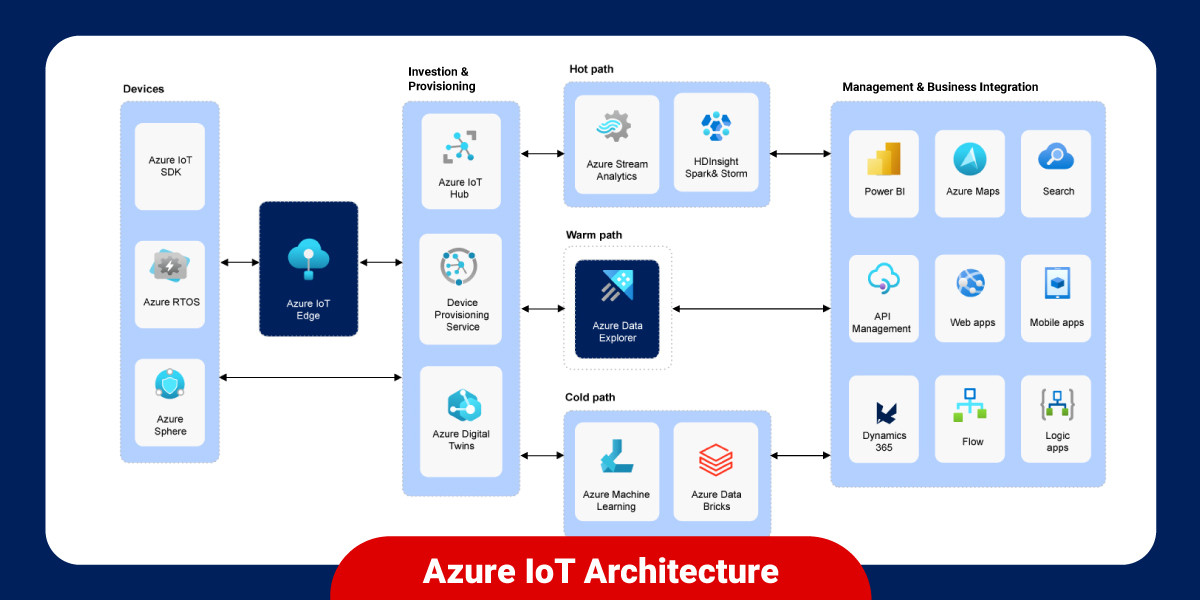
- Built on a set of distributed services that enable customers to connect, monitor, and manage billions of devices.
- It uses a three-layer architecture that includes the edge, cloud gateway, and cloud layers.
- The edge layer is responsible for processing data and running applications on IoT devices.
- The cloud gateway layer connects the edge devices to the cloud, where data is processed and analyzed.
- The cloud layer provides cloud-based services such as storage, data analytics, and machine learning.
- Azure IoT also provides several tools and services that help developers build and deploy IoT solutions, such as Azure IoT Hub, Azure IoT Edge, and Azure IoT Central.
AWS IoT Architecture
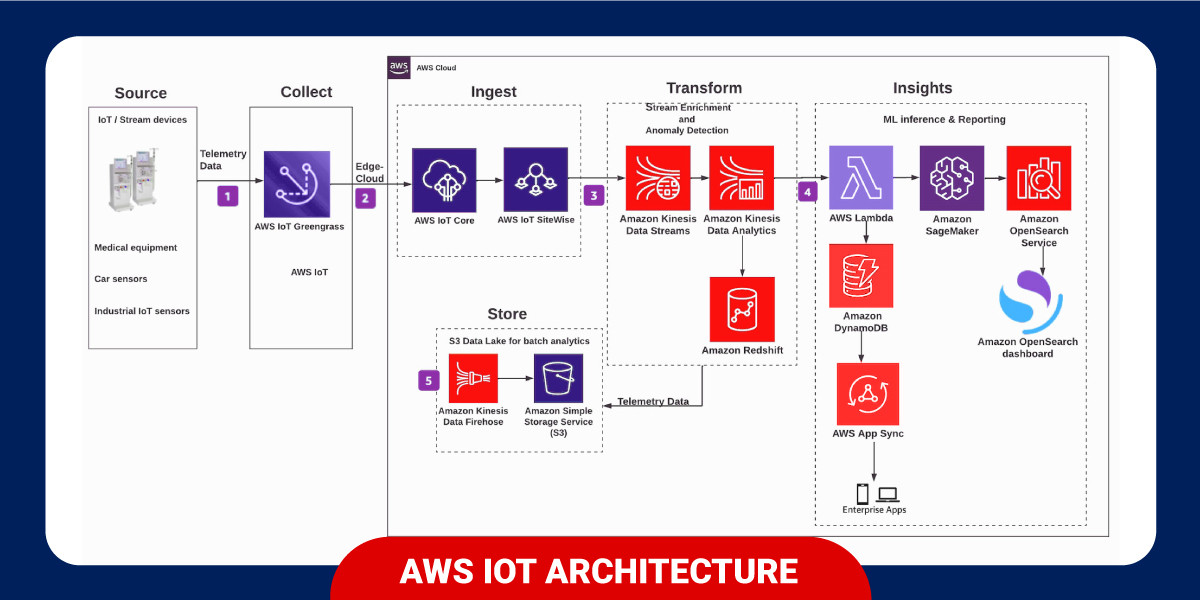
- It is built on a scalable, serverless architecture that enables customers to connect and manage billions of devices.
- It uses a two-layer architecture, including the edge and cloud layers.
- The edge layer runs IoT applications and processes data on devices, while the cloud layer provides services such as data storage, data analytics, and machine learning.
- AWS IoT also provides several tools and services that help developers build and deploy IoT solutions, such as AWS IoT Core, AWS IoT Greengrass, and AWS IoT Analytic
Azure IoT uses a three-layer architecture that includes the edge, gateway, and cloud layers. In contrast, AWS IoT uses a two-layer architecture that provides for the edge and cloud layers. Additionally, both platforms offer a range of tools and services that help developers build and deploy IoT solutions.
Azure IoT vs. AWS IoT – What to Choose When & Why
Determining which IoT cloud platform is the right fit depends on your specific business needs and use cases. Both platforms offer various services and tools to build scalable and secure IoT solutions.
Here are some factors to consider when comparing the two:
- Analytics and AI: If your IoT project requires advanced analytics and AI capabilities to enable real-time insights and predictive maintenance, then Azure IoT’s focus on analytics and AI may make it a better choice. Azure IoT offers services like Azure Stream Analytics, Azure Machine Learning, and Azure Time Series Insights, while AWS IoT offers services like AWS IoT Analytics and AWS IoT Events.
- Security: Both platforms have robust security features, but Azure IoT’s security framework may better suit organizations with higher security requirements. Azure IoT offers services like Azure Sphere for securing edge devices, Azure Security Center for IoT for monitoring and managing security, and Azure Key Vault for managing cryptographic keys.
- Cost: The pricing models for both platforms can be complex and depend on the specific services and usage scenarios. Evaluating your particular needs and usage patterns is essential to determine which platform would be more cost-effective for your organization.
How We Can Help You Implement an IoT Platform
We’re an IoT application development services company that develops custom solutions as per your business needs. Our team has experience utilizing IoT cloud platforms (Azure IoT Hub, AWS IoT, Arduino, NodeMCU, Beacons, ESP 32). They specialize in offering IoT devices or application integration with third-party software across various channels & connected devices such as sensor gateways, data analytics tools (AWS IoT Analytics, AWS IoT SiteWise) & big data tools. Whether you’re starting a new IoT project or want to optimize an existing solution, our team has the skills and experience to help you succeed. We can also assist with integrating your current systems and applications with your new IoT platform to ensure a seamless implementation.
To Sum It Up!
IoT cloud platforms offer robust capabilities and are backed by trusted cloud providers. Azure IoT has a robust suite of integrated services and a user-friendly interface, making it an attractive option for businesses already invested in the Microsoft ecosystem. AWS IoT, on the other hand, has a wide range of tools and services that provide flexibility and scalability, making it an excellent choice for businesses with various IoT use cases. With our diverse experience, Our IoT consultants can help you choose the right platform for your IoT project. Further, our specialist team can work with you to develop the best IoT solutions as per your specific business needs and goals.
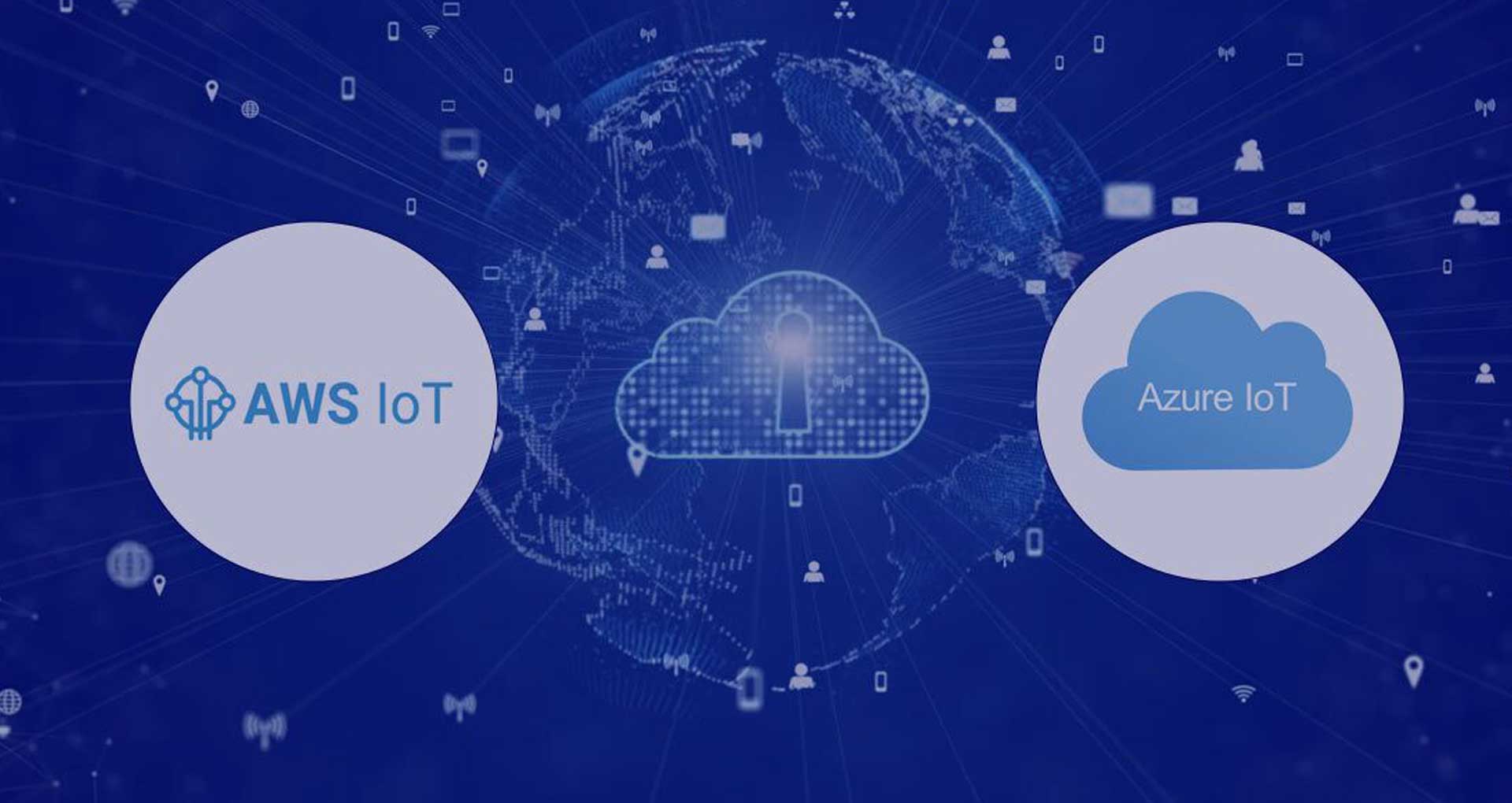
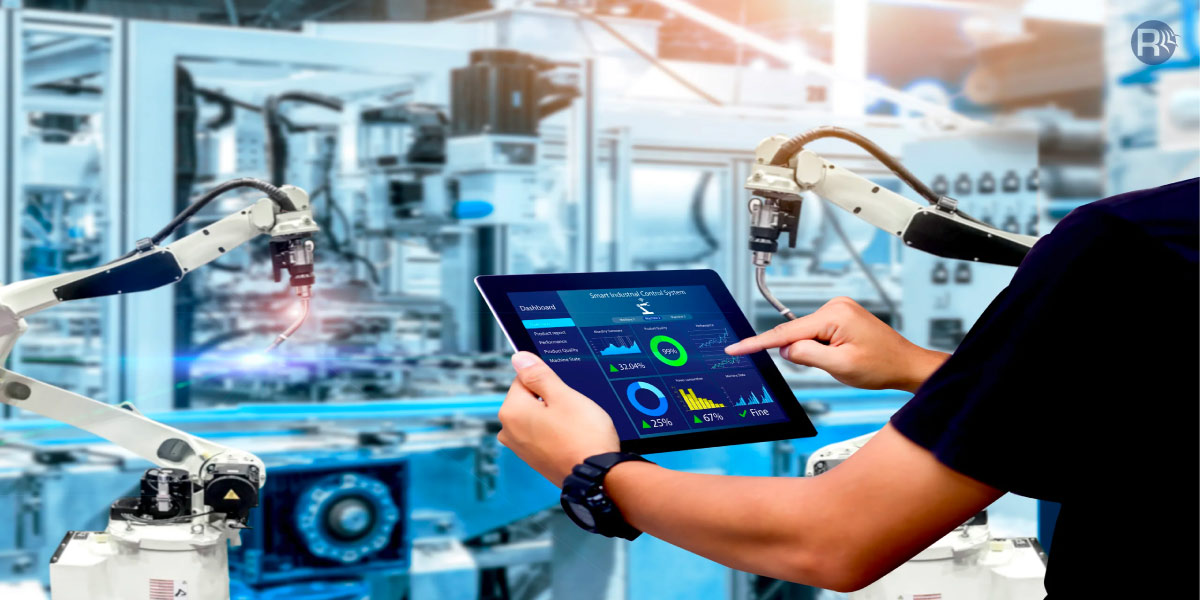

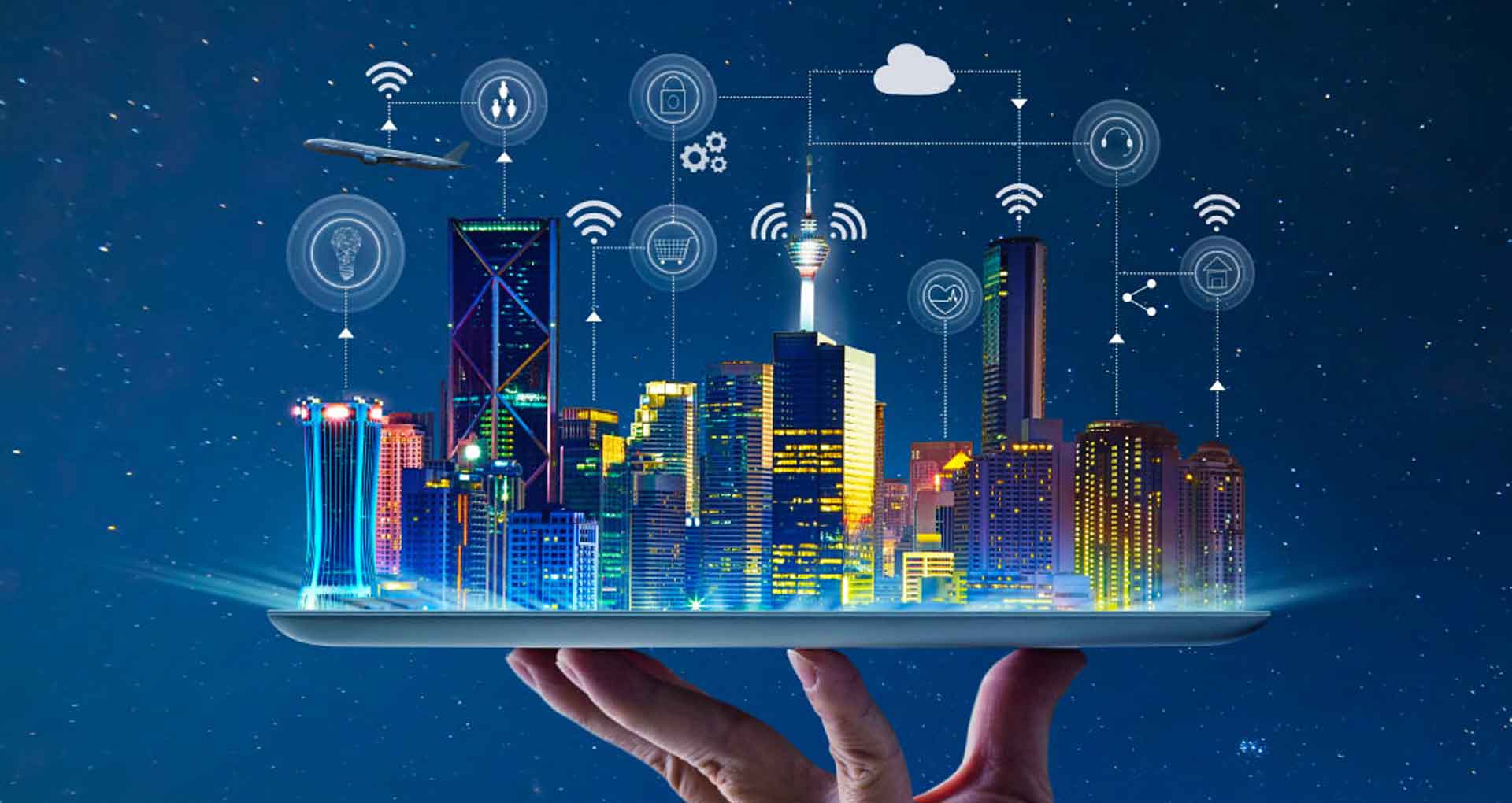






 30 Min
30 Min


